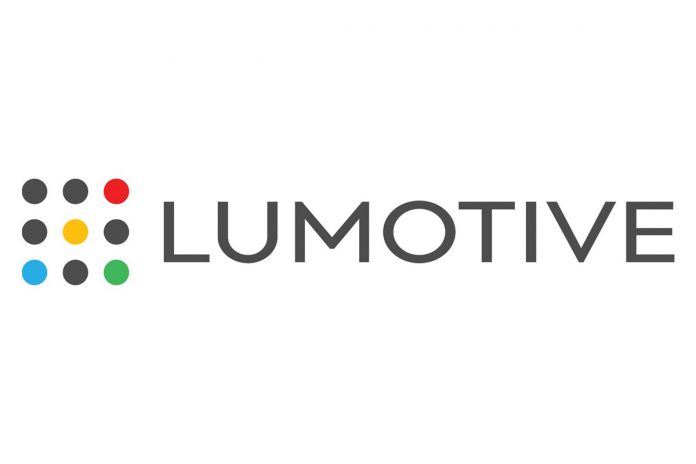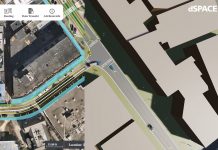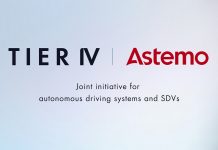Cron AI and Lumotive have jointly developed a solid-state LiDAR design with integrated deep learning capabilities, utilizing Lumotive’s Light Control Metasurface (LCM) chip for enhanced 3D sensing and pairing it with Cron AI’s adaptive senseEDGE platform.
The chip’s design was built on Lumotive’s 3D Sensing development kits, which can help customers design a system similar to a camera module that utilizes a software-defined region of interest – enabling dynamic extended range, higher frames per second, and higher resolution. The companies say that object detection, or perception layers such as those offered by Cron AI, can all dynamically control these.
Through this development, the companies aim to facilitate the development of new, intelligent sensors that integrate LiDAR data and transform it into actionable intelligence through a robust, deep learning, layer. This creates a highly dynamic closed-loop system that leverages Lumotive’s Software-Defined capabilities and Cron AI’s Perception Layer software to deliver more accurate detections.
Cron AI and Lumotive’s LCM chip-based AI-enabled sensor integrates key camera functionalities, such as License Plate Recognition and Automated Number Plate Recognition, with LiDAR capabilities such as precise object detection, classification, speed and location tracking, data fusion, and comprehensive environmental data. The deep learning layer then processes this data in real-time, extracting actionable insights that can be used in various applications.
Cron AI’s own AI-powered perception layers enable high-performance detection capabilities, even in adverse weather conditions, while reducing costs and energy consumption. The company highlighted that this technology aims to support developers, and more broadly industries, making apps that require precision, adaptability, and speed.
Highlighting the broad scope of this technology, Cron AI and Lumotive detailed its potential use cases across several industries. For autonomous vehicles and V2X, they say it can enhance perception to facilitate safer navigation, obstacle detection, and seamless communication with surrounding infrastructure. It can likewise support Intelligent Transportation Systems and Vision Zero initiatives by improving traffic management, flow optimization, and enhanced safety measures aligned with Vision Zero goals. For Smart Cities and Security, the technology could also provide more accurate data collection for improved security measures and efficient city management solutions.














